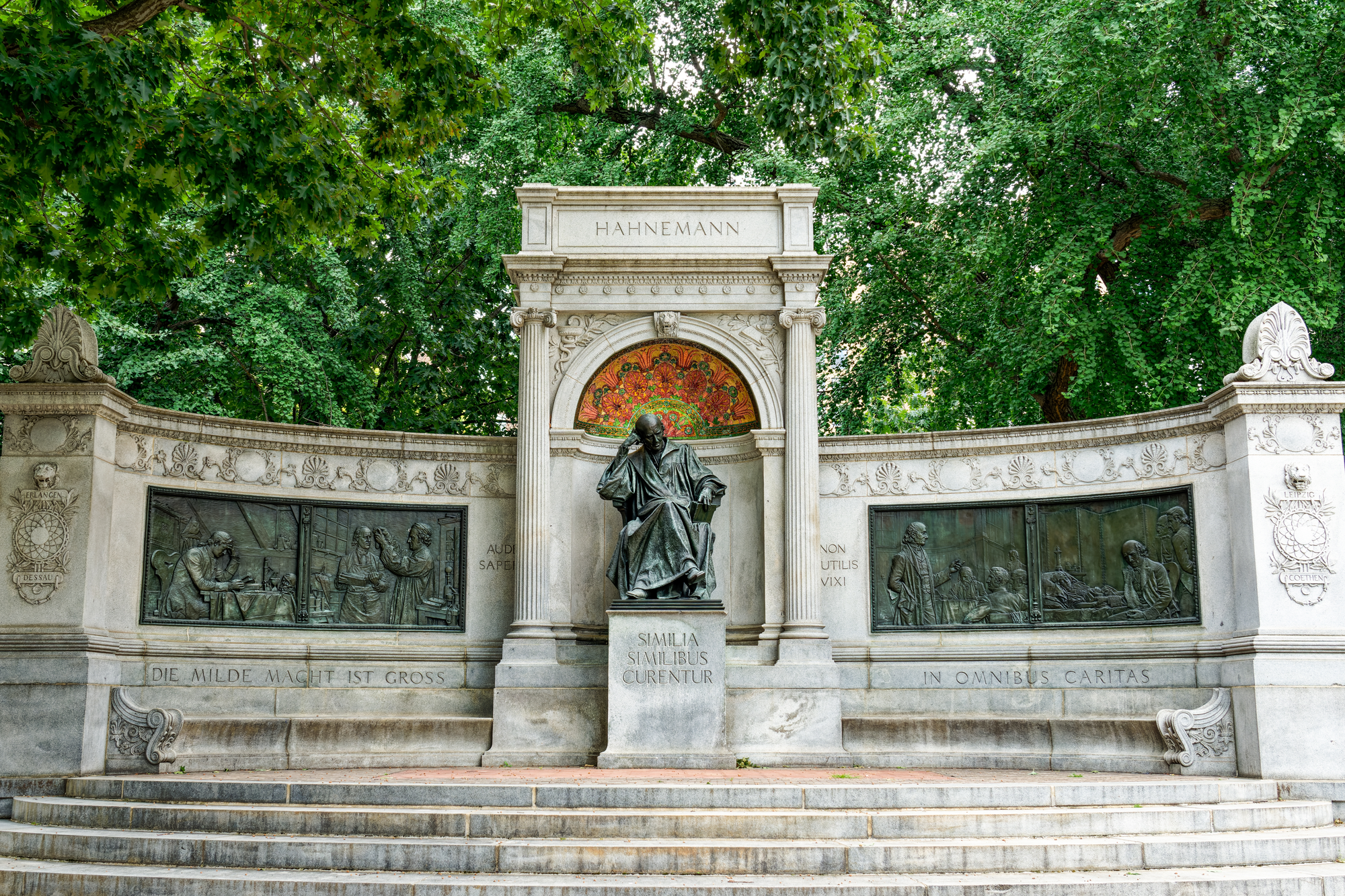On July 2nd , we mark the anniversary of the death of Dr. Samuel Hahnemann (Meissen 1755 – Paris 1843): a physician, chemist, rigorous scientist, polyglot, thinker, and humanist – the founder of homeopathy. Dr. Hahnemann was the first in modern history to scientifically formulate homeopathy as a medical method and art of healing, although the principles on which homeopathy is based go back several thousand years.
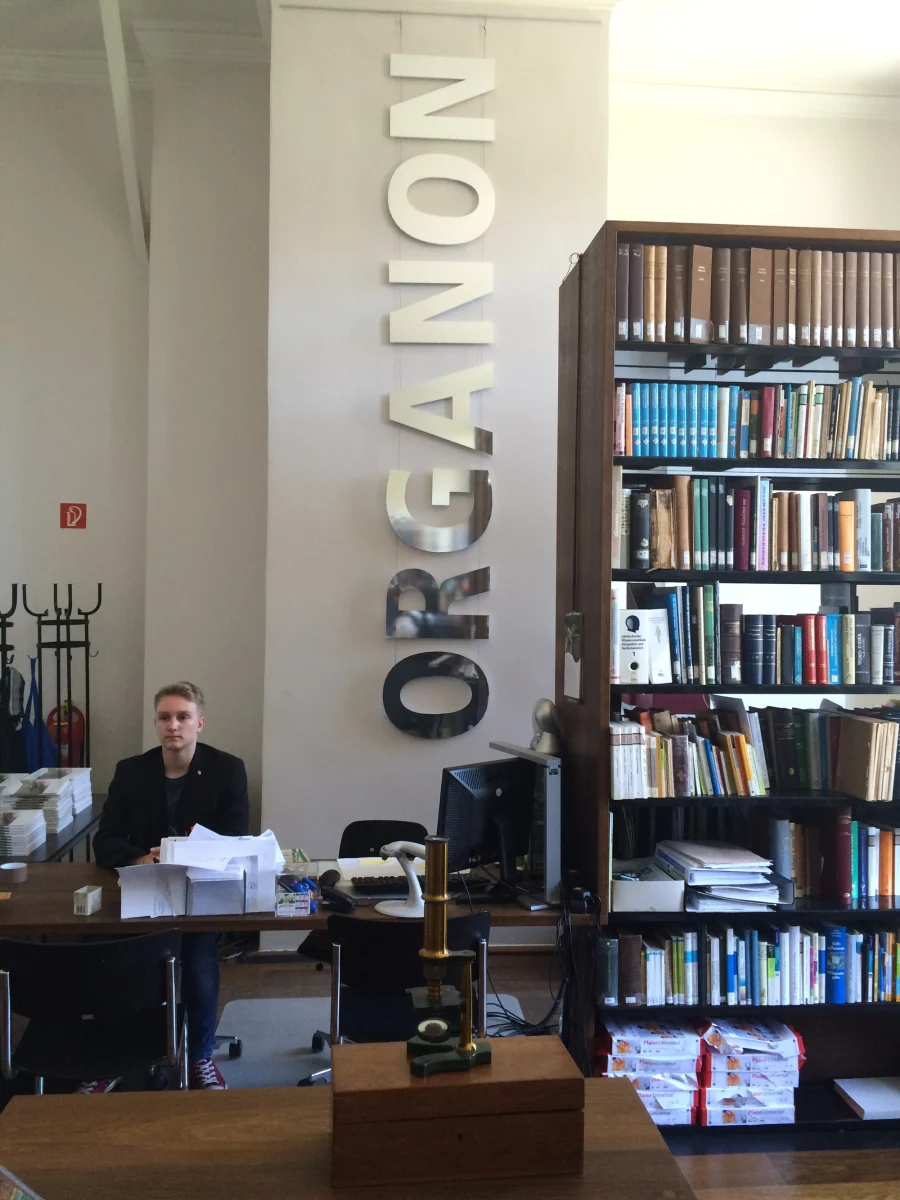
Hahnemann’s enduring legacy today not only lives strongly throughout the world through the work of numerous homeopathic doctors and practitioners, but remains the subject of active and systematic scientific study engaging many transdisciplinary scientists: from physicists and chemists to biologists, pharmacologists, doctors, mathematicians, and agronomists, across all continents. A key focus of these research activities is the study of the effects of ultra-low doses or very high dilutions on biological systems, as well as the medical and therapeutic relevance of such preparations.
Hahnemann's final years in Paris significantly shaped the global acceptance and development of homeopathy. His Parisian period, from 1835 until his death in 1843, was a time of remarkable personal and professional fulfillment.

He moved to Paris at the age of 80, physically vital and mentally sharp, drawn by its intellectually vibrant atmosphere and openness to innovative medical ideas. After obtaining a license to practice in France, he established a successful homeopathic practice that attracted patients from across Europe.
Shortly before his move, in 1835, he married for the second time, to Parisian Mélanie d’Hervilly-Gohier, who became his devoted partner and assistant, helping with patient correspondence and assisting in consultations.
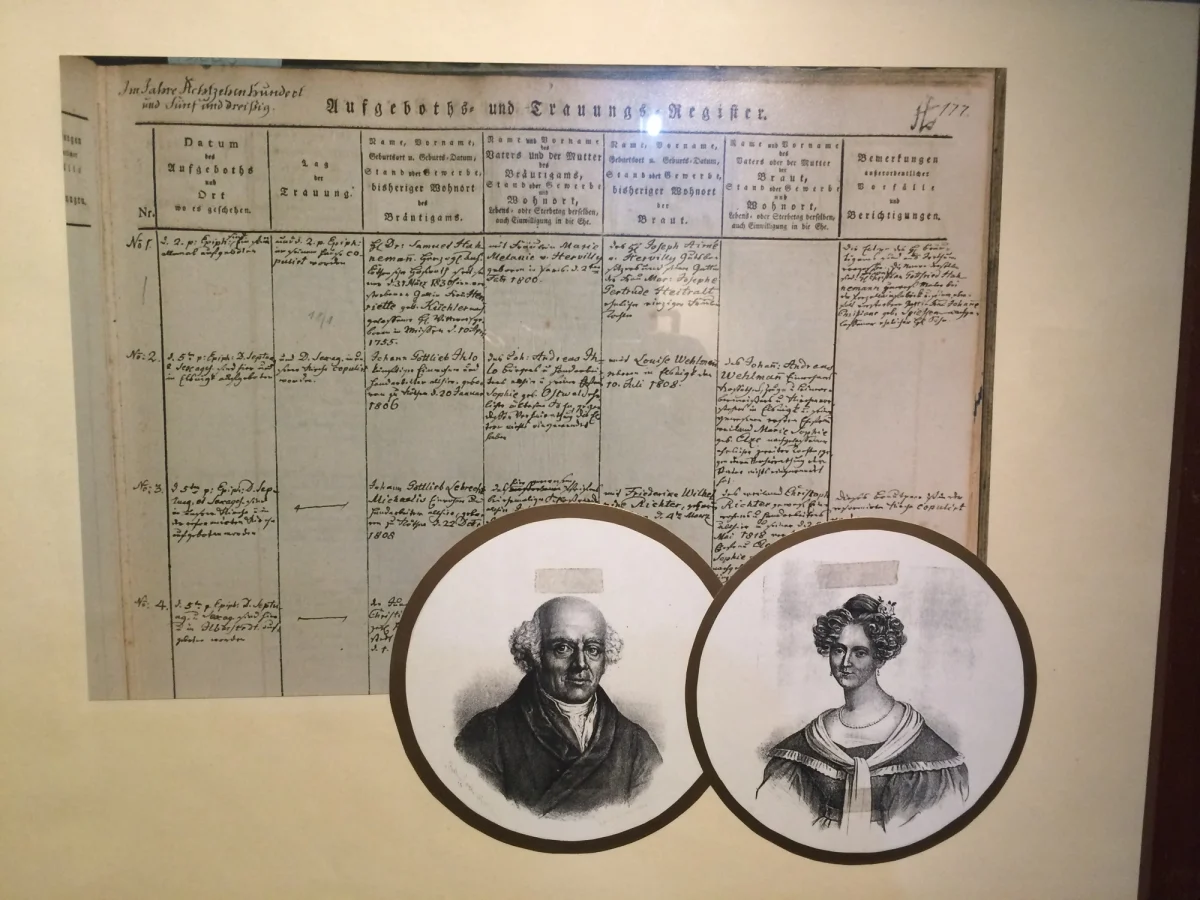
His reputation grew quickly, and his home on Rue de Milan became a hub for patients and followers , including notable individuals such as the famous violinist Niccolò Paganini, who sought Hahnemann’s help in 1837, along with prominent intellectuals of the era.
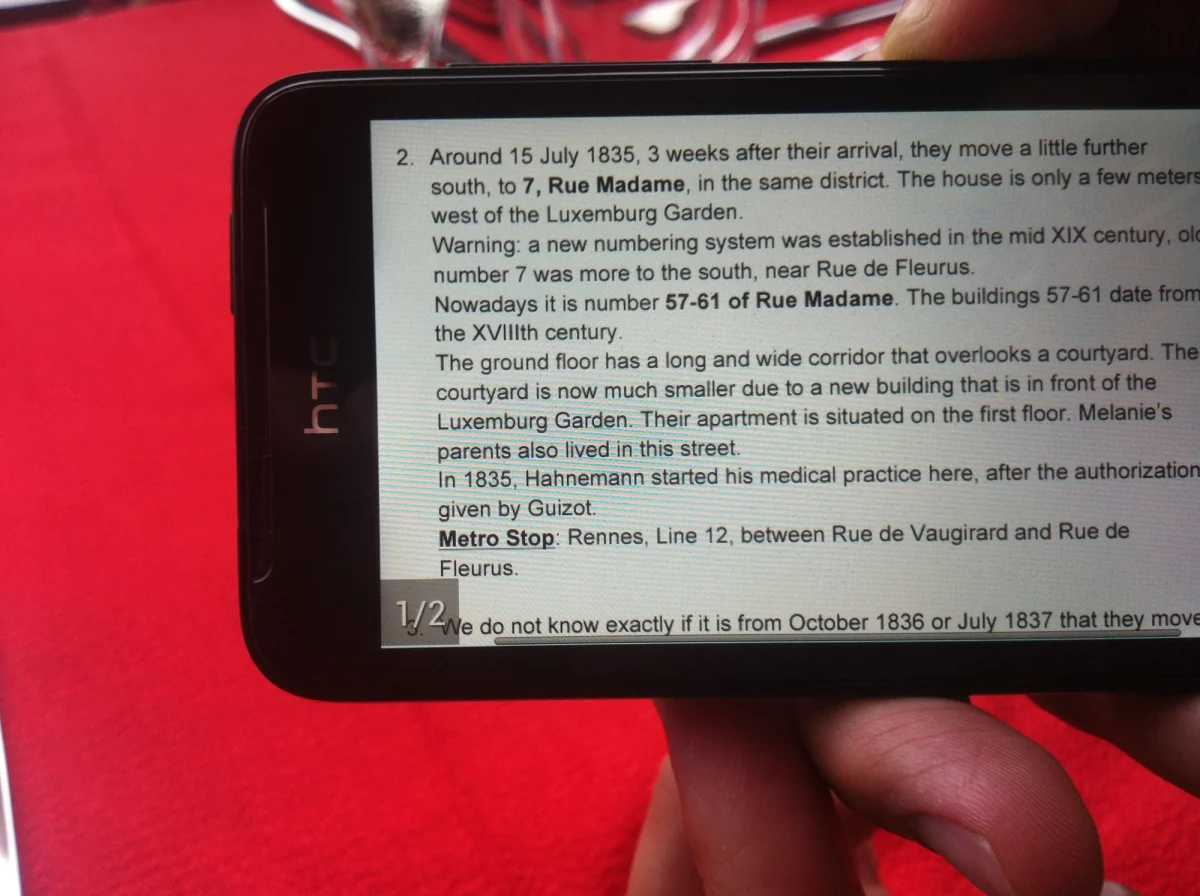
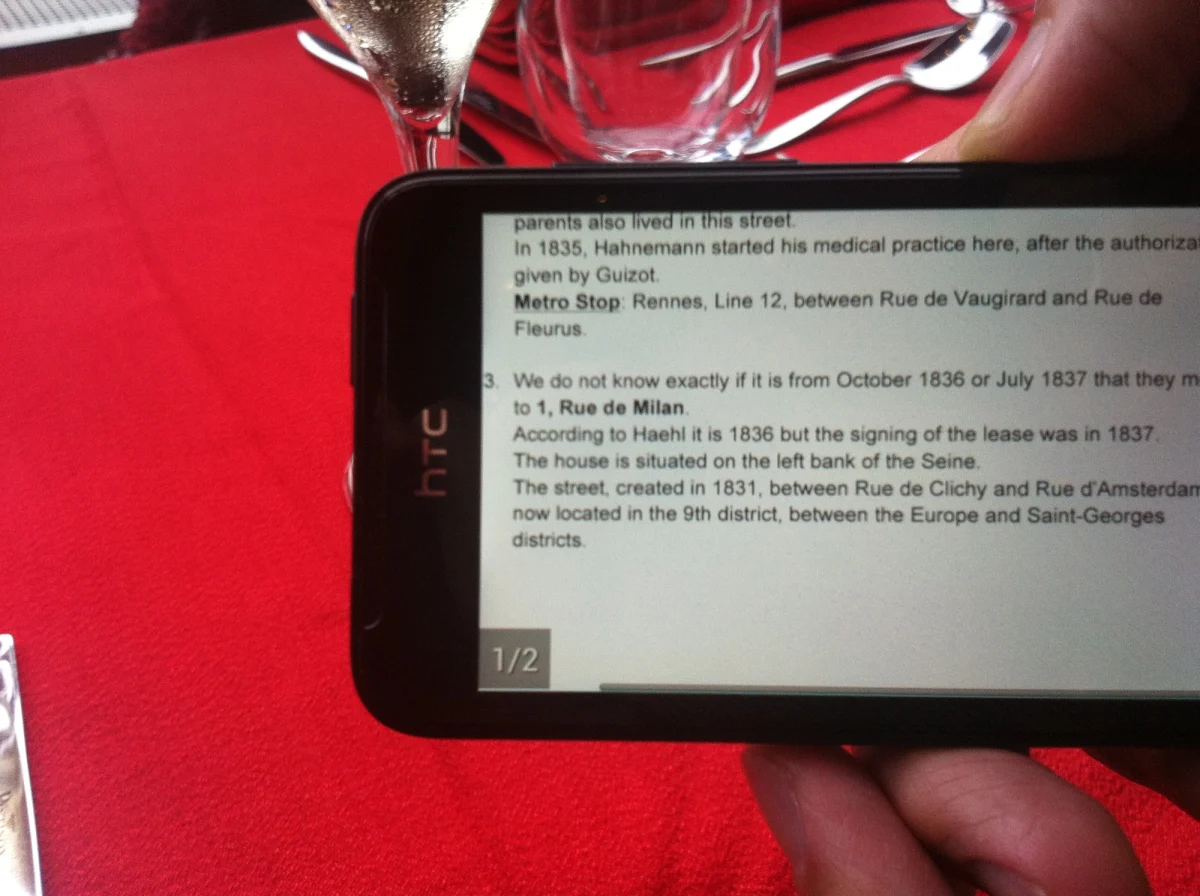
Hahnemann’s practice in Paris was marked by devoted case-taking, detailed patient observations, and meticulous record-keeping. During this period, he further developed and refined his methods, placing even more emphasis on individualized treatment and minimal dosing.
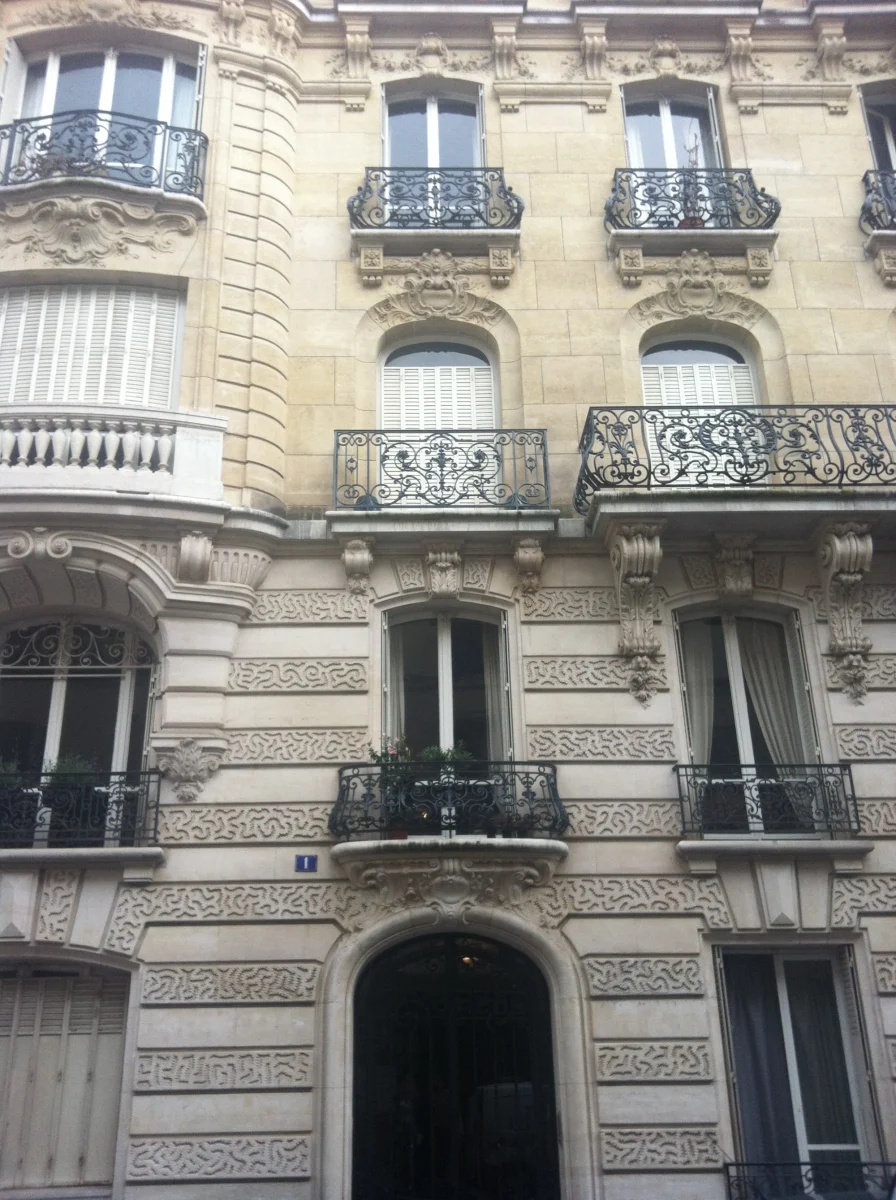
His publication Organon of Medicine, particularly the sixth edition extensively revised in Paris, reflects the depth of his clinical insights and innovative approaches, including the use of the “LM” (50-millesimal) scale of potencies, which remains a foundation of modern homeopathic practice.
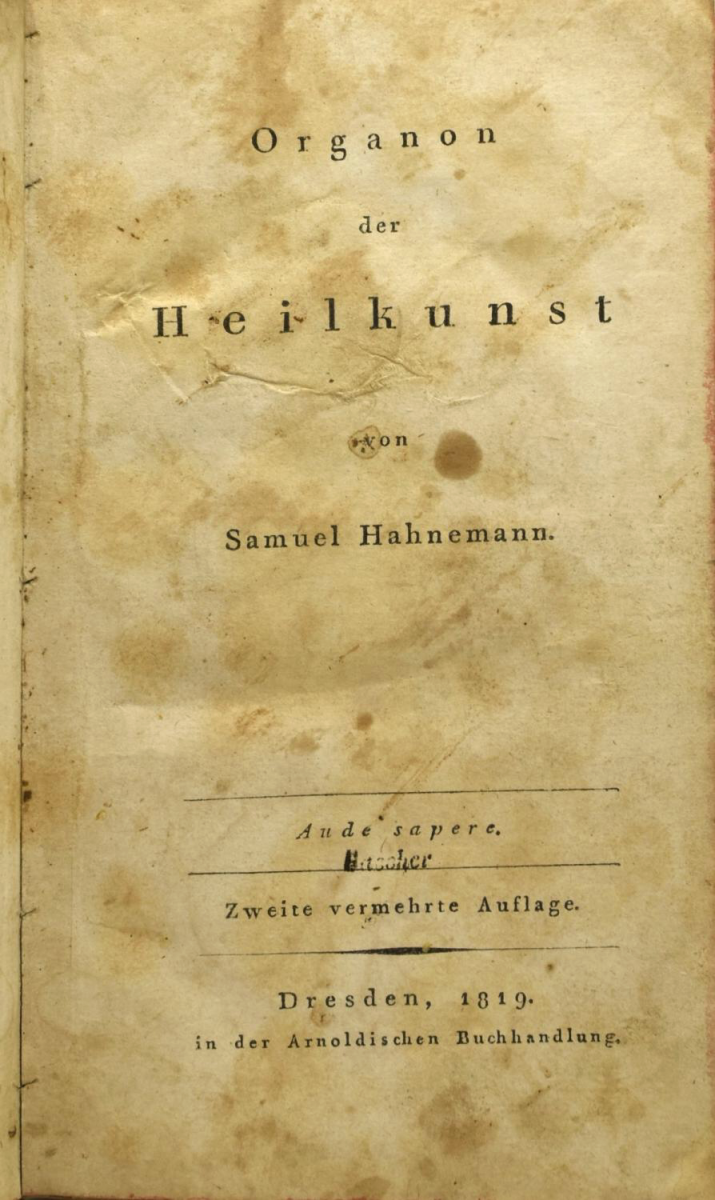
From the beginning of his work in Saxony, Germany, Hahnemann emphasized individualized treatment, minimal dosing, and rigorous clinical observation – principles that continue to define homeopathy today. His extensive Parisian practice and case records significantly advanced the scientific development, credibility, and global reach of homeopathy.
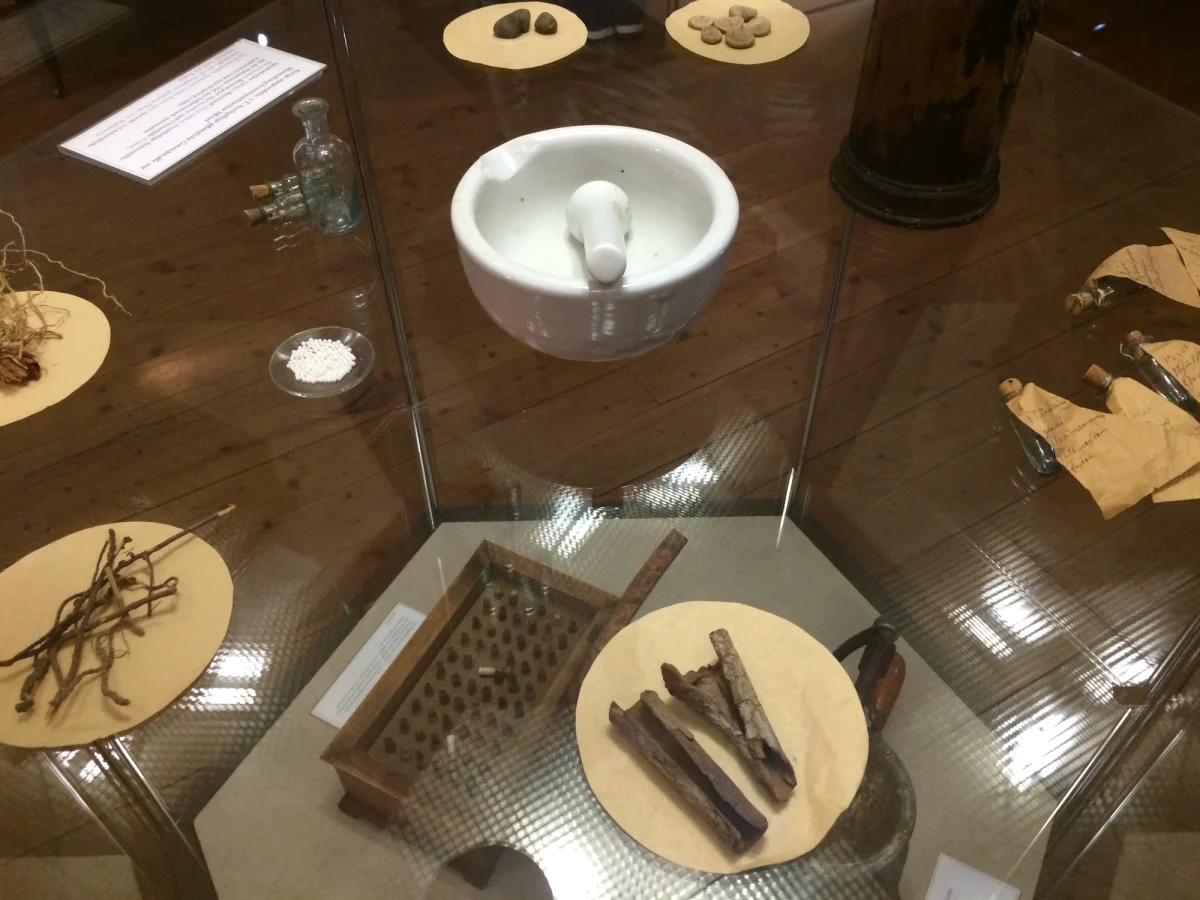
Today, Dr. Hahnemann’s spirit pulses vibrantly through esteemed global institutions dedicated to advancing homeopathy through rigorous research and education. Among them is the European Committee for Homeopathy (ECH), representing physicians across Europe and promoting high standards of homeopathic education, practice, and research. The Homeopathy Research Institute (HRI), based in the UK, leads efforts in scientific validation, conducting innovative research projects and hosting international conferences to explore the efficacy and scientific basis of homeopathic preparations.
Recent data from the publication Scientific Framework of Homeopathy offer insight into modern research and practice. Between 1950 and 2013, among 188 peer-reviewed randomized controlled trials, 44% showed positive outcomes, 47% were inconclusive, 5% negative, and 4% uninterpretable. These findings suggest that a significant proportion of rigorously conducted studies support the efficacy of homeopathic treatments, strengthening their credibility and encouraging further research. Similar patterns are seen in conventional medicine, where a comparable percentage of studies yield inconclusive or negative results, highlighting the complexity of clinical research in all healthcare fields.
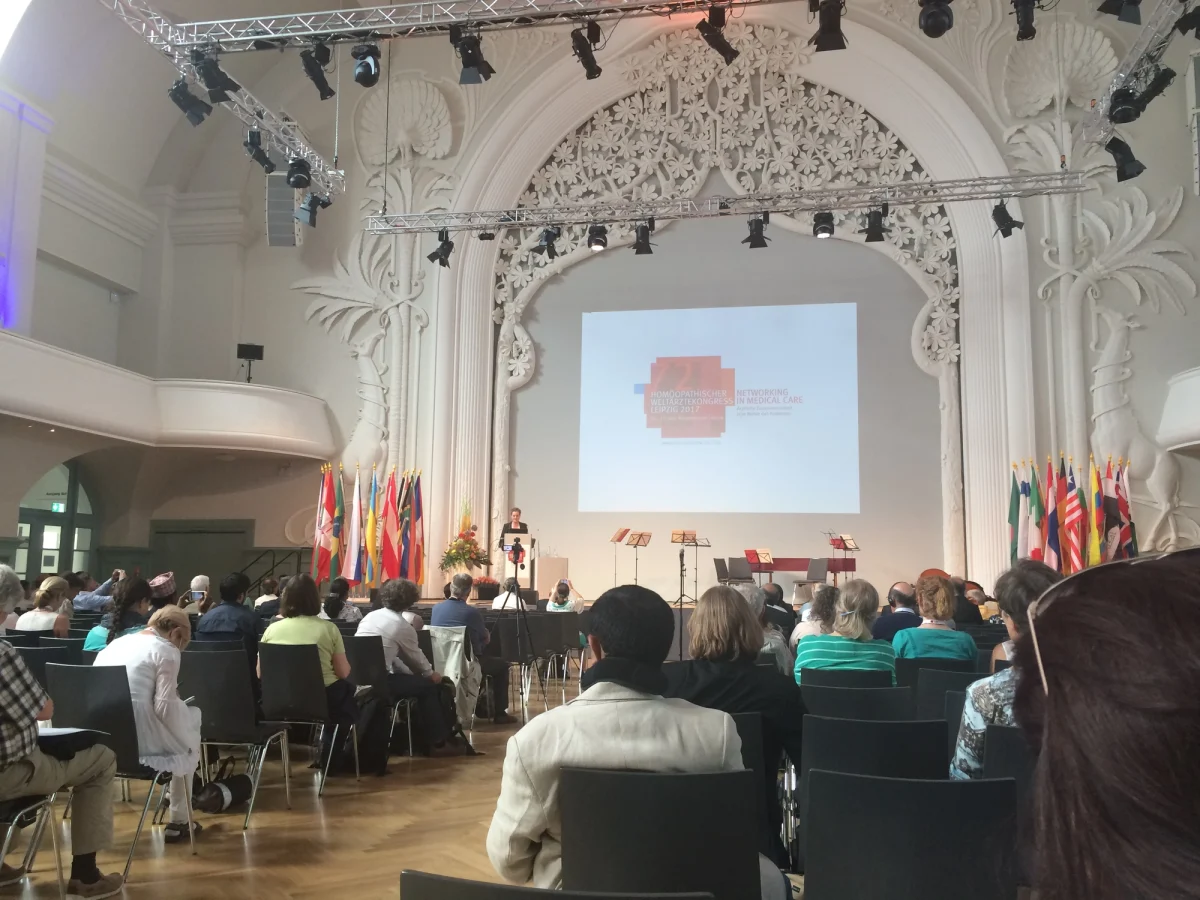
The American Institute of Homeopathy (AIH), founded just one year after Hahnemann’s death in 1844., is the oldest homeopathic medical society in the United States. It preserves Hahnemann’s principles by promoting high standards of homeopathic education, clinical excellence, and ethical practice, actively working to integrate homeopathy into the broader healthcare system.
In India, the Central Council for Research in Homeopathy (CCRH), a government-sponsored institution, systematically advances homeopathy through clinical research, epidemiological studies, and public health programs. Their work has significantly enhanced the credibility and effectiveness of homeopathy as a reliable healthcare method.
The Liga Medicorum Homoeopathica Internationalis (LMHI), founded in 1925, operates as an international federation dedicated to promoting homeopathy worldwide. LMHI actively advocates for international standards in homeopathic education and practice, facilitating exchange between practitioners, researchers, and policymakers – thus directly fulfilling Hahnemann’s vision of global unity and scientific integrity.
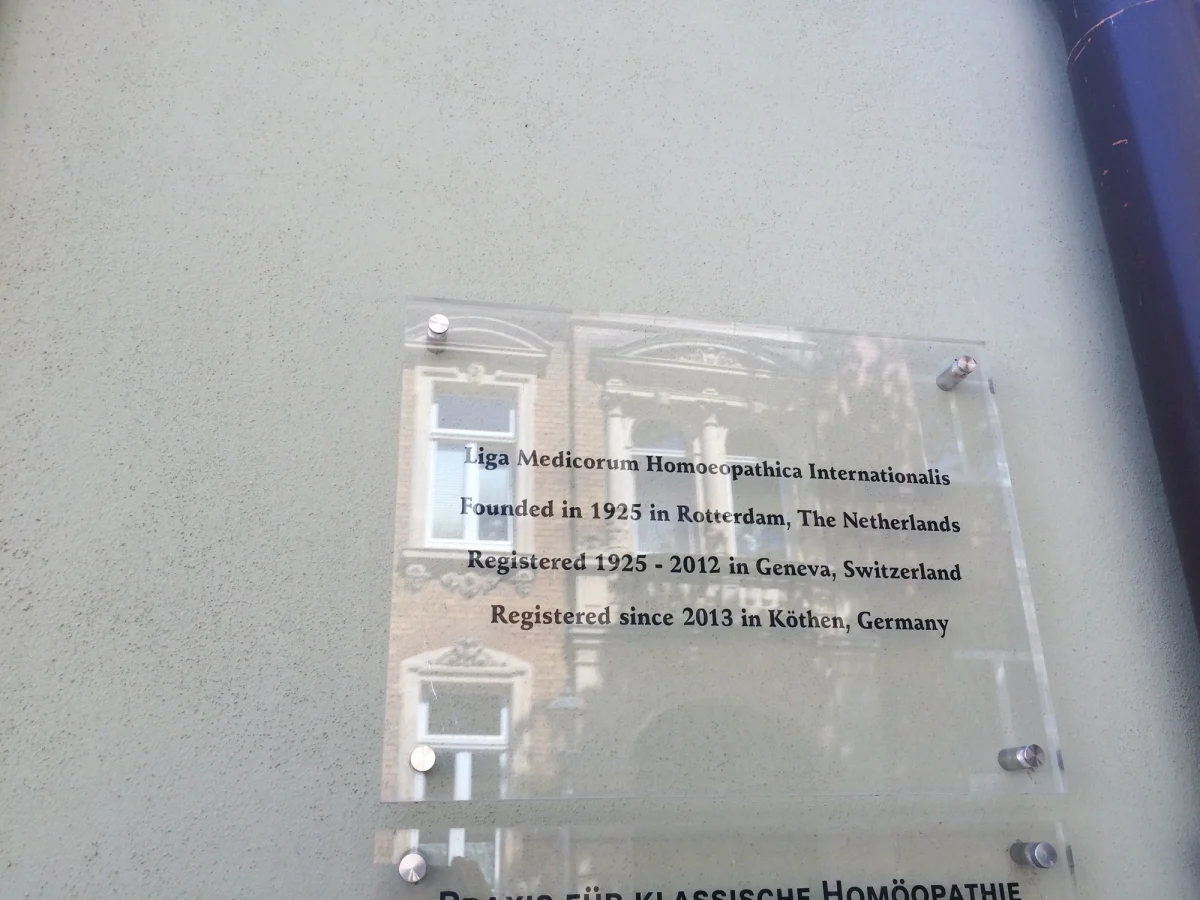
The widespread acceptance of homeopathy today, supported by millions of patients worldwide, attests to the profound impact of Hahnemann’s legacy. In Latin America, homeopathy enjoys strong institutional and cultural support, especially in Brazil and Mexico. In Brazil, it is officially recognized as a medical specialty and integrated into the public health system (SUS). In Mexico, many medical schools offer homeopathy programs, and the National School of Homeopathic Medicine in Mexico City remains a major center for education and research. In Spain, homeopathy is growing in popularity, practiced by many licensed physicians. Though the legal landscape varies, Spain has several respected homeopathic associations and educational institutions contributing to the ongoing professionalization of the field.
Throughout history, notable figures such as Charles Darwin, Mahatma Gandhi, Mark Twain , and contemporary celebrities like Queen Elizabeth II, Paul McCartney, Tina Turner, Cher, and Orlando Bloom have openly supported and benefited from homeopathic care.
Society has a long-standing habit of mocking what it does not understand – and even more so, what threatens to disrupt the established order. Dr. Samuel Hahnemann was not only a doctor but a thinker ahead of his time – and for that, he was contested, ridiculed, and systematically ignored. But history has a unique power: what was once considered heretical is increasingly recognized as prophetic. In the silence between doses – in that space where modern medicine still searches for a soul – Hahnemann’s voice quietly echoes. Perhaps not because we are returning to the past, but because the future is still trying to catch up with the truths he expressed long ago.
Homeopathy is neither foolish nor new – it is true. It is a system awaiting its time.
Dr. Hahnemann is buried in the famous Père Lachaise Cemetery in Paris, where his grave remains a site of honor for homeopaths and admirers from around the world. The monument, crafted in classical style with inscriptions paying tribute to his contribution to medicine and humanity, stands as a lasting memorial to his influence and visionary legacy.
Aude sapere – Dare to know.
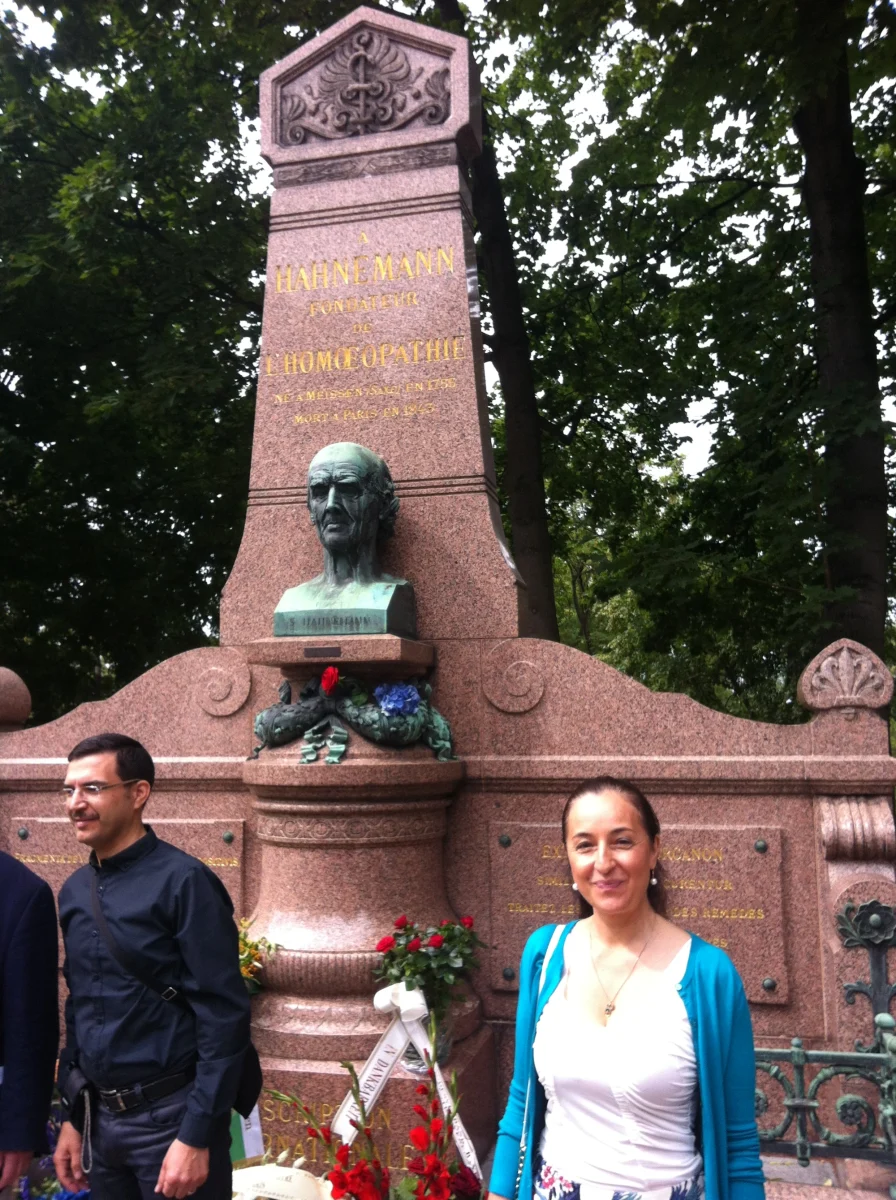
References/Bibliography
1. Winston, J. (1999). The Faces of Homœopathy: An Illustrated History of the First 200 Years. Great Auk Publishing.
2. Bradford, T. L. (1895). The Life and Letters of Dr. Samuel Hahnemann. Boericke & Tafel. https://www.homeoint.org/books2/bradford/index.htm
3. Dayan, L. (2005). The Physician of the Future: Samuel Hahnemann in Paris, 1835–1843. Homœopathic Links, 18(02), 108–112. https://doi.org/10.1055/s-2005-870087
4. Hpathy. (2011). Paganini as Hahnemann’s Patient. https://hpathy.com/homeopathy-papers/paganini-as-hahnemanns-patient/
5. Homeopathy Research Institute. (2017). Scientific Framework of Homeopathy: Evidence-Based Homeopathy. https://www.hri-research.org
6. European Committee for Homeopathy. (n.d.). Experimental Studies & RCT Overview. https://homeopathyeurope.org/experimental-studies/
7. BMJ Rapid Response. (2012). Conventional medicine: analysis of 1,016 systematic reviews. https://www.bmj.com/content/345/bmj.e6184/rr/642461
8. Organización Panamericana de la Salud. (2018). La medicina tradicional y complementaria en las Américas: análisis de situación. https://iris.paho.org
9. Ministerio de Salud de Brasil. (2006). Política Nacional de Práticas Integrativas e Complementares (PNPIC). https://bvsms.saude.gov.br
10. Escuela Nacional de Medicina y Homeopatía (ENMH-IPN), México. https://www.enmh.ipn.mx
11. Spanish Society of Homeopathic Doctors. https://www.homeopatiasuma.com
12. Père Lachaise Cemetery. (n.d.). Dr. Samuel Hahnemann’s Tomb. https://www.findagrave.com/memorial/6435016/samuel-hahnemann




